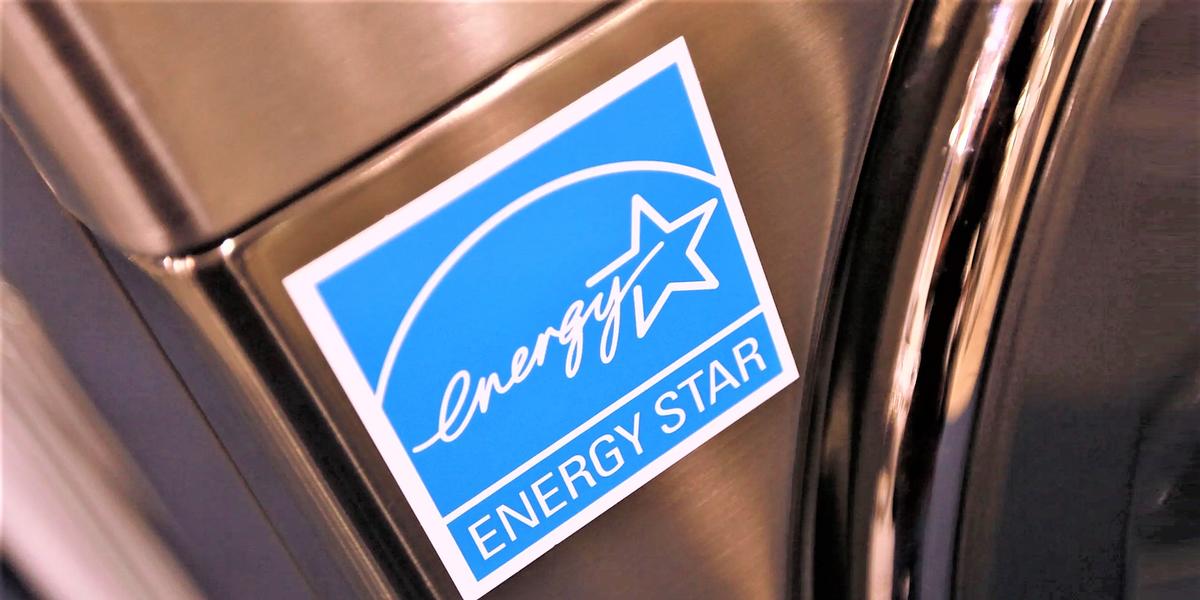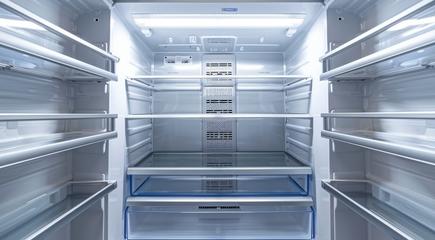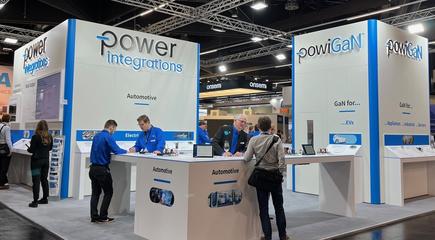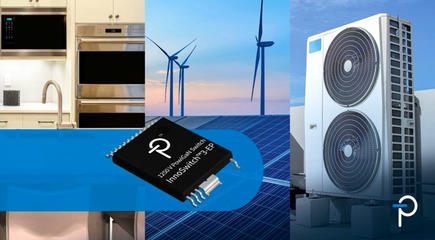ENERGY STAR Update 2021

The Environmental Protection Agency (EPA) has offered a Fall 2021 ENERGY STAR® Products Webinar Series in place of the in-person 2021 ENERGY STAR Products Partner Meeting that was canceled because of concerns with COVID-19. Access to webinar recordings can be found here. To kick off the series, the EPA gave a high-level overview of the ENERGY STAR program and discussed national efficiency trends and policy drivers while providing updates on program specifications and promotions.
Embracing positive consumer attitudes toward “clean energy transformation,” the EPA is leveraging the ENERGY STAR brand as a trusted messenger to bring electrification and decarbonization to the public through its 2022 Strategic Plan. As such, the EPA is promoting utility support for electric vehicle charging and key technologies such as heat pump water heaters.
In 2021, there were 14 new specifications, revisions, or amendments, and in 2022, the number will grow to 22. Three focus areas are:
- Increasing electrification of the home
- Encouraging demand-response in large loads such as electric vehicle supply equipment, central air conditioners, and water heaters
- Promoting the adoption of heat pump technologies
Beyond developing specifications for various product categories, the ENERGY STAR program continues to push for energy efficiency advancements with the ENERGY STAR Most Efficient (ESME) distinction and Emerging Technology Award. The ESME label recognizes the best products for energy efficiency and innovation, providing criteria for 12 product categories annually. The Emerging Technology Award is given to cutting-edge technologies that drive energy savings without trading off features or functionality. In 2021, award-winning technologies included adaptive compressors for residential refrigeration and residential induction cooking tops.
The EPA also reviewed their Connected accomplishments and plans, related to products able to communicate back and forth with the grid. These range from devices for the Smart Home such as lighting, power strips, and outlets to larger loads such as connected water heaters and electric vehicle chargers. Such technologies enable scheduling, time-of-use rates, and better load management.
Finally, utility program funding continues to drive energy efficiency. Although some in-person and reach-out programs were paused during the pandemic, most have started running again. The EPA continues its work with utilities to deliver messages on how energy efficiency not only saves money for households but also delivers benefits to the community and society at large.





